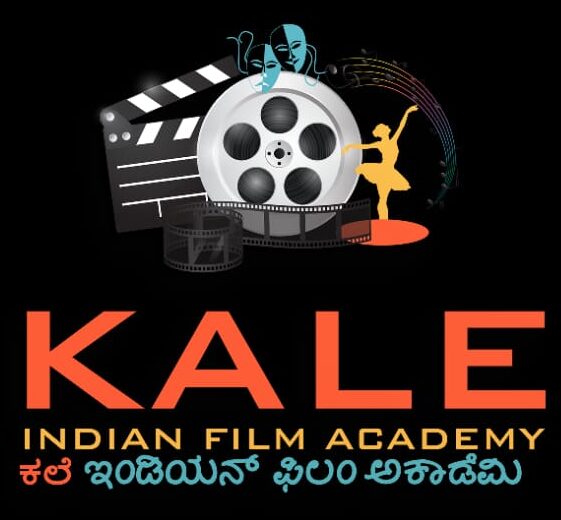Elevate your filmmaking skills with our industry-driven courses Your journey to becoming a filmmaker starts here
The relationship between directors and actors is crucial in creating a successful production. Directors provide guidance and feedback to actors to help them develop their performances, while actors collaborate with directors to bring the director’s vision to fruition. Effective communication and mutual respect are key components of a productive director-actor relationship.

DIRECTION
Directors work closely with other members of the production team, such as the set designer, costume designer, and lighting designer, to create a cohesive artistic vision.
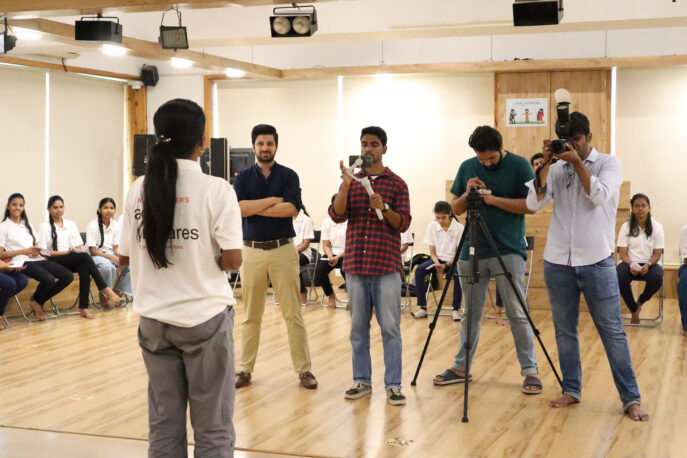
ACTING
Actors often work closely with the director to understand the character’s intentions and to develop a performance that fits within the director’s vision for the production.
INTRODUCTION
- Definition of Direction
- Qualities of Direction
- Introduction to core forms and concepts of films.
- Departments(Pre Production, Production, Post Production)
- Focuses on reducing stage fright, developing confidence and understanding presentation skills.
STORY (Pre-production)
- what is story? How to write Imagine & think?
- what are the types of stories?
- Single line story.
- story synopsis
- How to tell a story
- Understanding primitive, early cinema and enhancing the basic knowledge of films.
CHARACTER (Pre-production)
- what is character?
- Types of character
- Characterisation
INTRODUCTION OF DIRECTION
- Application and importance of technology in the field of photography.
- Directing and producing individually.
- Introduction to the different cultures and art forms.
- Exploring Iranian, French, Latin and Korean cinema.
- Understanding the essence of religions, history, political theories, beliefs, and language.
- Screening, discussions, and reviews of the films. Snort TIIMS.
- Developing the feeland look of each frame.
- Developing a sense of selecting the right location, conceiving 3D visuals.
- Importance of lightning and cinematography in storytelling. Understanding the art of film and video editing.
- Learning to interpret the mood, character, and story of the movie.
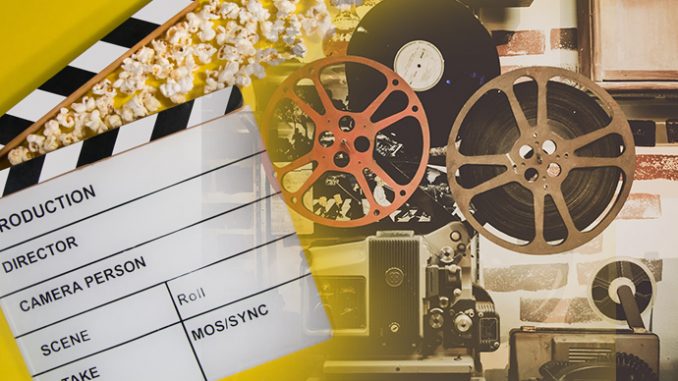

Understanding early years of Indian cinema through screening, discussions and reviews.
- Understanding the significance of costumes and make-up in the entertainment industry.
- Directing and producing montage and music videos individually. Understanding the process of cutting up a film and editing it.
- Aesthetics of make-up, costumes and jewellery.
- Developing the sense and ability of craft.
- Specialization in Direction to develop students’ ability to play the role of the director in creating and executing aesthetic looks and shooting plans of a screenplay in collaboration with school head, actors, key crew members, and the post-production team.
- Understanding the importance of elements like movements, camera, lighting, make-up, sets, props, etc., in a composition of frame or shot.
SCRIPT WRITING (Pre-Production)
- Screenplay writing – One line screenplay
- Scenes writing
- Dialogue writing
- Types of screen plays
- Normal screen plays
- Detailed screen plays
- Scheduling (Location, Artist)
- Shots division


cinematography
- Camera
- Camera shots
- Camera Angles
- Camera Movements
- Camera lense
- Lighting
- Types of lighting
POST PRODUCTION
- Music
- Dubbing
- Re-recording
- BGM
- Folly sound
- VFX, SFX
- Editing
- Colour grading


DISTRIBUTION
- Distribution
- Promotion of marketing
FEAR
- Forget Everything and Rise
- Face Everything and Rise
- Analyse correct it, replan give your best
- Never give up until satisfaction says iam satisfied
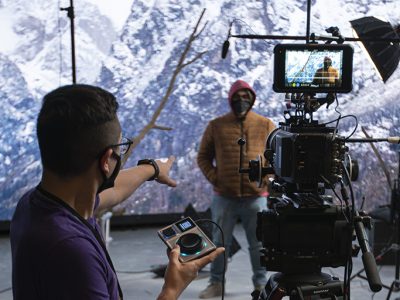
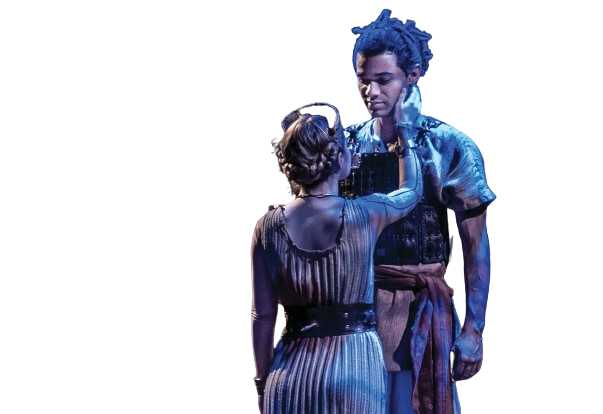
ACTING SKILLS
innovative approach, capturing the style and essence of silent films while also adding modern touches. The lack of dialogue, coupled with expressive visuals and a captivating musical score, contributes to its unique charm and emotional impact.
INTRODUCTION
- Definition of Acting
- Qualities of Actor Actress Artists
- Different types of Acting
NAVARASA (Nine Emotions)
- Navarasa (Brief introduction)
- Face expression
- Voice modulation
- Body language
- Dailouge Delivery
ACTING
- Acting styles
- Acting types
- Acting infront of Camera
CHARACTER (Pre-production)
- what is character?
- Types of character
- Characterisation
